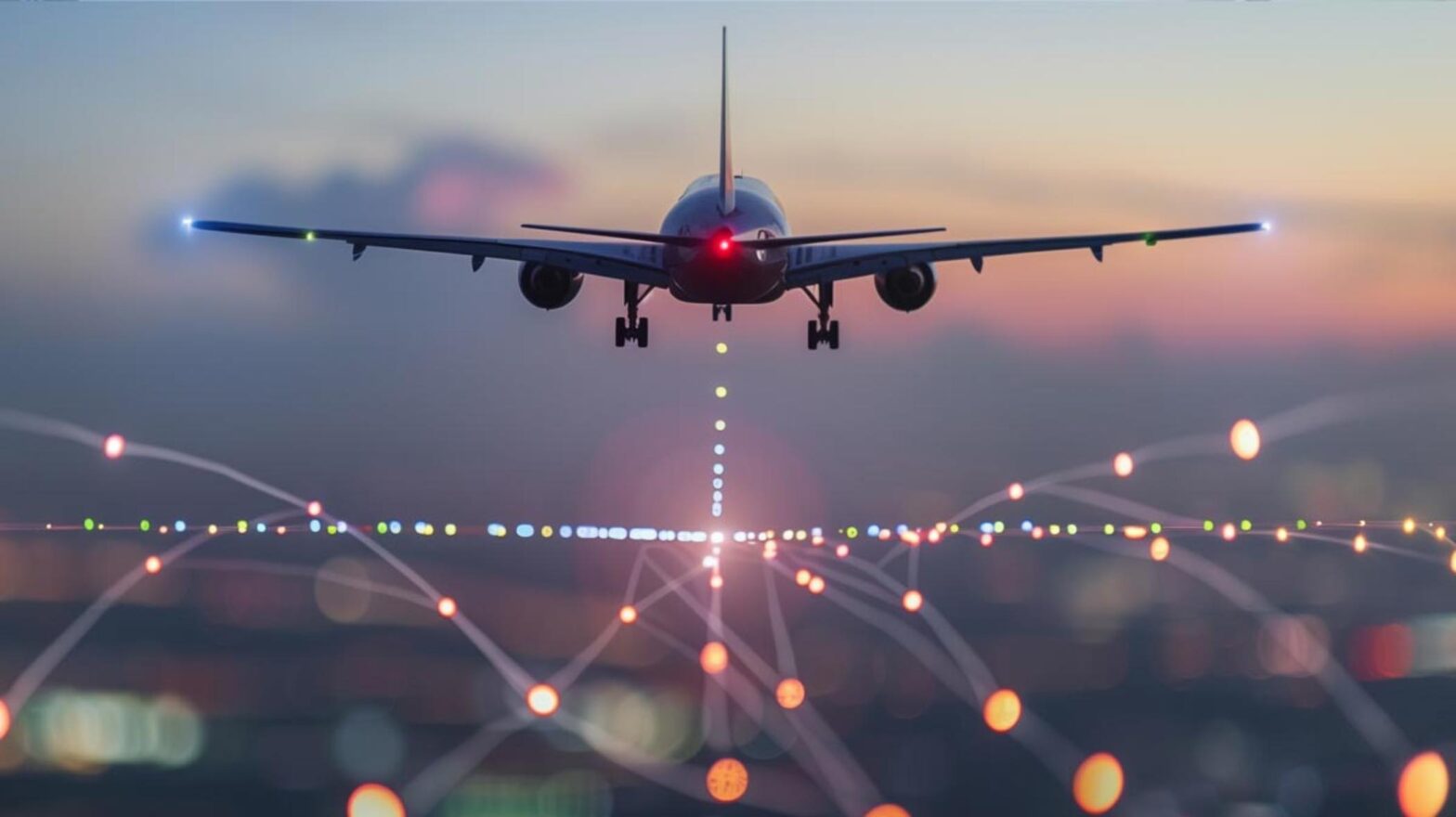The sky above us is a bustling highway, invisible to the eye yet meticulously organized to ensure the safety and efficiency of thousands of flights every day. This airborne network defines a complex system known as airspace design. From controlled sectors bustling with commercial jets to the unmarked expanses where recreational pilots fly with freedom. Airspace governs who can fly, where, and under what conditions. Let’s unravel the intricacies of airspace, offering a glimpse into how pilots navigate this vast, invisible landscape.
The Framework of Airspace Design
Airspace design is a three-dimensional map that divides the sky into various sectors. Each has its own set of rules and regulations. This division is primarily based on two categories: controlled and uncontrolled airspace.
Controlled Airspace
This is where Air Traffic Control (ATC) oversees all flights. It’s segmented into different classes (A through E in the United States), each with specific requirements for entry, communication, and equipment. Large airports and busy flight routes usually fall within controlled airspace. This ensures that all traffic coordinates to prevent conflicts and maintain smooth flow.
Uncontrolled Airspace
In uncontrolled airspace, known as Class G airspace, pilots do not need ATC clearance to fly. However, they are still obligated to follow visual flight rules (VFR) or instrument flight rules (IFR) for safety. While this type of airspace offers more freedom, it demands high levels of skill and awareness from pilots.
Navigating the Invisible Highways
Pilots use a variety of tools and techniques to navigate through the layers of airspace safely.
- Aeronautical Charts: These are the roadmaps of the skies, detailing everything from the boundaries of airspace classes to the locations of airports and navigational aids. Pilots must learn to read and interpret these charts to plan and execute their flights within the confines of airspace regulations.
- Radios: Communication is key in both controlled and uncontrolled airspace. Pilots use radios to establish contact with ATC, request permissions, receive directions, and communicate with other aircraft to deconflict flight paths.
- Pilot Expertise: Beyond instruments and charts, the pilot’s knowledge, experience, and judgment are paramount. Understanding the rules of each airspace sector and how to adapt to changing conditions is what truly keeps flights safe and efficient.
Ensuring the Safe Flow of Air Traffic
The ultimate goal of air traffic is to facilitate the smooth flow of air traffic while minimizing risks. This is achieved through a blend of technological aids, regulatory frameworks, and pilot expertise. For instance, in controlled airspace, ATC uses radar and other tracking technologies to monitor all aircraft, providing directions that ensure safe separation and efficient routing.
In contrast, in uncontrolled airspace, pilots rely heavily on see-and-avoid principles, maintaining constant vigilance to navigate safely among other flyers. Here, the emphasis is on understanding and adhering to the rules of the sky, from altitude restrictions to right-of-way guidelines.
The Role of Training and Awareness
Mastering the complexities of airspace and navigation is a core component of aspiring pilots’ training. LEFA emphasizes not only the technical skills needed to manipulate aircraft controls but also the critical thinking and decision-making required to navigate the diverse airspace structures seamlessly.
Airspace Design: Setting the Foundation of Safety
Airspace and the rules that govern it are foundational to the safe and orderly flow of air traffic. For pilots, understanding and navigating this complex system is both a challenge and a thrill, a testament to their skill and expertise. LEFA’s cutting-edge training programs are designed to equip future pilots with the expertise necessary to master these invisible highways.
If you’re intrigued by the world of aviation and eager to take the sky’s helm, reach out to us for more information on beginning your journey in aviation. Here, the sky is not the limit but just the beginning.
